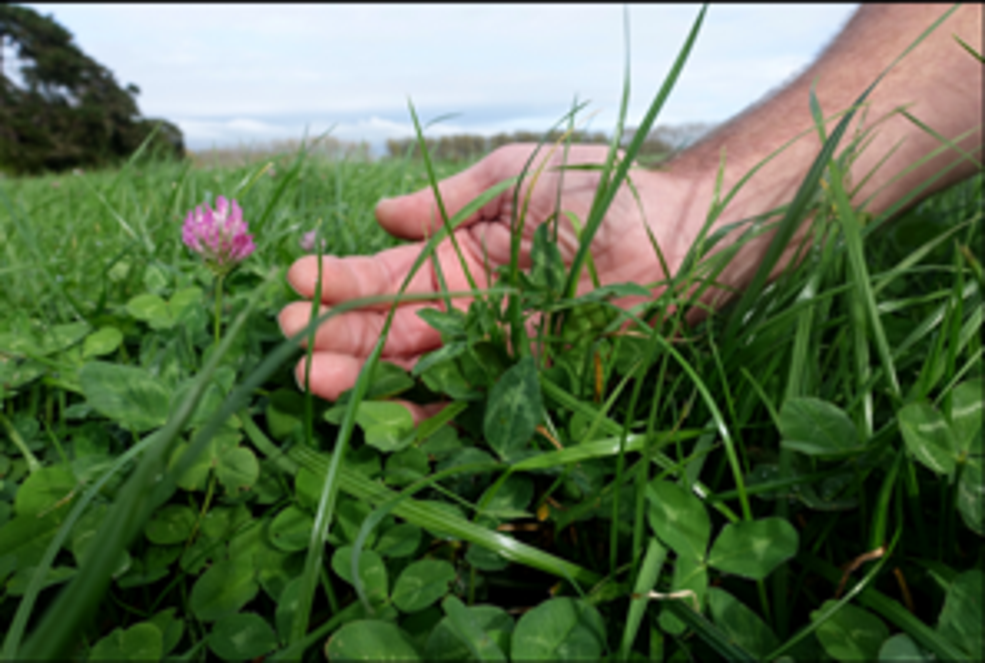Treat your animals to the best of summer
What’s gorgeous, nutritious, made in the North Island, happy in the sun and guaranteed to tempt the fussiest eater?
Morrow red clover, that’s what.
If you haven’t yet treated your animals to this energy-rich palate pleaser, get some in the ground this autumn, and get ready for multiple nosh-ups next season.
Yes, that’s right - we said ‘multiple’. Morrow’s different from traditional red clovers. You can graze it more often.
Survival of the fittest
Picture an exposed, dryland Bay of Plenty dairy farm, grazed rotationally … and intensively. That’s where Morrow’s parents came from.
They not only survived, but thrived, in an environment where red clover would normally be expected to give up the ghost pretty quickly.
Come summer, when grass struggled in the heat, they flourished, and so did the cows.
You are what you eat
We all have our favourite foods. Some of them are even good for us! Grazing animals have the best of both worlds – their forage of choice is a nutritional powerhouse.
You’ve probably seen your animals go through a pasture and deliberately pick out the clover. That’s because legumes taste lip-smackingly good to cows, sheep, cattle and deer, even when hot weather tends to put them off eating other things.
Combine this with the highest energy level of any pasture species, and you can see how Morrow helps keep animal growth and production humming during late spring and summer.
Water diviner
Unlike white clover, red clover is tap-rooted, so it can dig down for soil moisture. In today’s climate, that’s a plus for pasture resilience.
With Morrow in the mix, you have a bit more flexibility when things start to dry out, because it can hang on longer than species with shallower roots.
Another bonus? It loves warm weather, staying green and leafy when the thermometer usually sends ryegrass to have a lie-down.
Fix for free
Fertiliser is not getting any cheaper, nor any less important to manage carefully.
Sow Morrow, and both your pasture and nutrient balance will benefit, because it fixes its own nitrogen, feeding it naturally into the pasture slowly, and continually.
At a fixation rate of about 25 kilogram of nitrogen per hectare per tonne of dry matter grown, it can add over 200 kilograms of nitrogen, per hectare, to your pasture in a year.
Make it work
Like all red clovers Morrow will persist best on free-draining soils under a longer summer grazing round.
Sow 6 kilograms of coated seed per hectare. Red clover has a bigger seed than white clover, and the plants themselves don’t spread the same way.
The number of plants you establish at sowing determines your total red clover content, so it’s always better to sow one paddock at 6 kilograms per hectare than two at 3 kilograms per hectare.
What next?
Contact your seed rep today.


